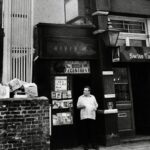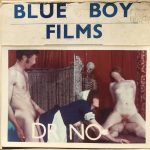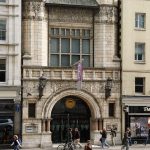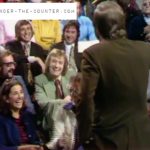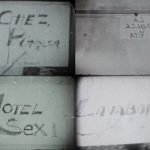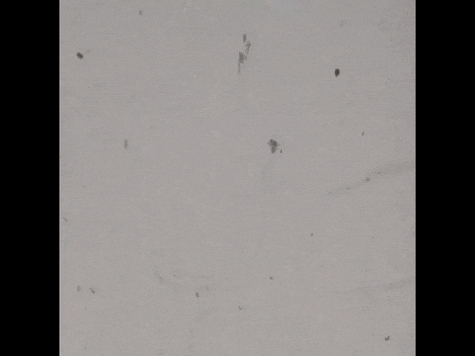
Like The Rent Man, Afternoon Lust (1965-1967) is another example of a roller from what I term the unbranded period. Between 1960-65, rollers were either presented in a bland cardboard box with a hand written title, or, as with Afternoon Lust, a photo box that has an image glued to the front and the roller’s title Letraset onto it. What makes Afternoon Lust interesting is that it appears to have been shot on 8mm film. Most rollers appear to have been made on 16mm, but distributed on 8mm. An article from the magazine Amateur Cine World (29 September 1966) identifies how 16mm offered filmmakers many advantages over 8mm. First, picture resolution was better; second, it was easier to edit due to the larger frame size; third, as there was less demand for equipment, it was a buyer’s market; fourth, 16mm sound projectors were cheaper than 8mm ones, and, finally, 16mm gave access to a broader range of film duplication, printing and processing. For example, filmmakers could shoot on negative film and have a work-print produced to edit; duplicates could also be made without the original film suffering.
However, to print on 8mm film, the 16mm master had to be optically reduced to print onto either single 8mm for double 8mm film. This required lab work, or the use of semi-professional equipment, such as the Uhler contact printer. Afternoon Lust differs in that it appears to have been shot on 8mm and edited in-camera, and printed on 8mm. As opposed to being edited by hand, physically cutting the film and joining it, editing in camera was a more simplistic, ‘on the fly’ approach that reduced the workflow for 8mm film production. The final film could be printed from the negative, rather than an internegative. Two clues point to possible 8mm origins. First the print has a soft appearance, which could indicate poor quality duplication, using semi-professional or amateur equipment, and the slight reduction in resolution offered by 8mm film compared to 16mm. Second, there is a brief moment in the film where the shadow of the filmmaker appears. This is significant as it seems to show that they are using a smaller camera, rather than the typical 16mm Bolex camera favoured by roller makers. Furthermore, the early scenes are shot outdoors, most likely in London’s Hyde Park. A larger camera may have drawn unwanted attention.
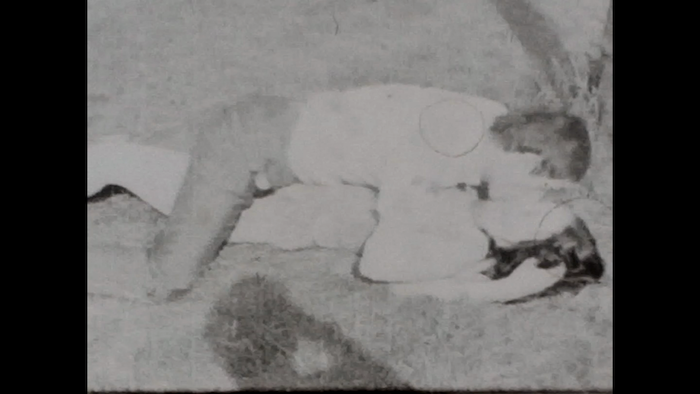
In the film’s opening, people look at the film being made as they walk past what looks to be Hyde Park, not giving any further notice.
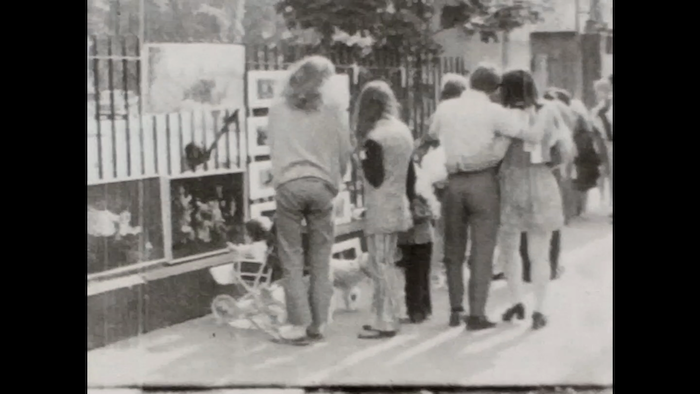
The young couple, the focus of the film, engage in some light petting underneath a tree while laying on the grass before cutting to the outside of a residential property typically found in central London.
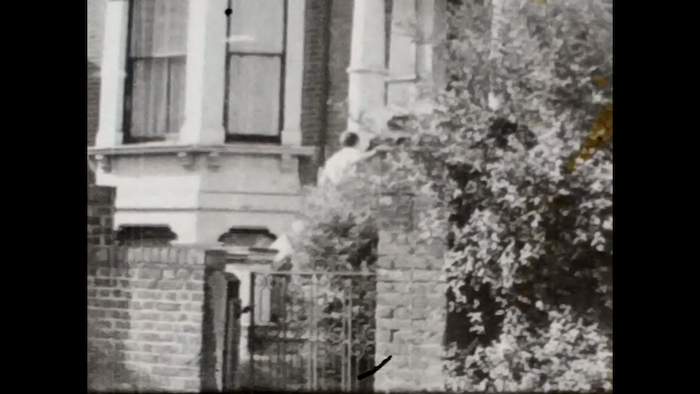
The film cuts to the inside of a flat as the couple walk inside, looking into the camera. The couple resume their petting before engaging in oral sex. The camera is unsteady and continuously uses zooms, at one point zooming in so close that it is difficult to make out what is taking place; the filmmaker does not appear to be as skilled as those responsible for The Rent Man. The couple partake in a series of sexual positions, with one shot appearing over the shoulder of the male performer, placing the viewer in the role of the male in what could be seen as an early instance of the ‘gonzo’ style; the smaller size of the 8mm camera could allow for this level of mobility, enabling the filmmaker to assume this position.
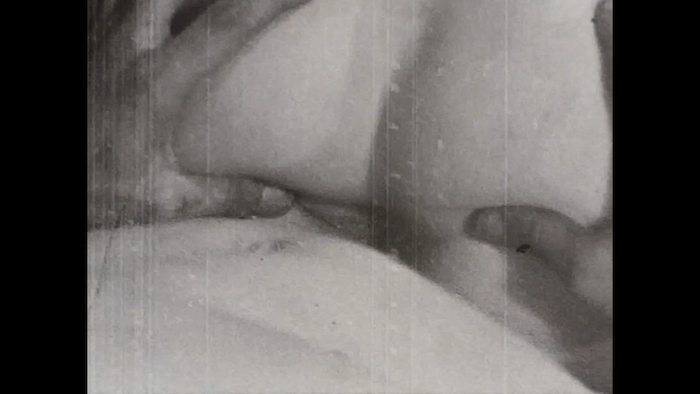
The use of zoom continues until the male performer withdraws and ejaculates on the woman’s stomach. The film abruptly ends. In comparison to The Rent Man, Afternoon Lust has an amateurish feel, as if it were shot by someone who lacked professional skill or knowledge of how to film sex. The potential profits from making rollers attracted opportunists like Mick Muldoon/Mike Freeman and Evan Phillips who admitted to not having a filmmaking background, into making rollers purely because of the profits they generated.
Who might have produced Afternoon Lust? A likely candidate is Martin Granby. From police interviews, we know that Granby – a former associate of Ivor Cook’s – began producing unbranded rollers in the mid-1960s before branding his films on a range of labels after Evan Phillips issued the first roller band – Climax Films. My reasoning for this is that a series of labels linked to Granby – Universal Films, Candy Films, Danish Blu Films – often used the same gothic style letraset as feature on Afternoon Lust’s packaging. This, however, is mere speculation.


